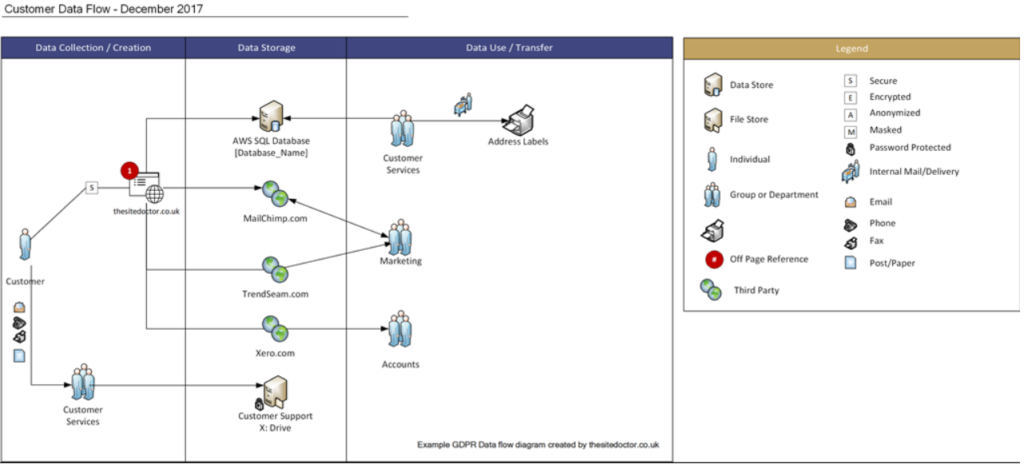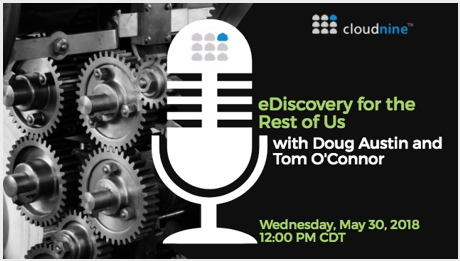In TMJ Grp., LLC v. IMCMV Holdings, No. 17-4677 (E.D. La. April 6, 2018), Louisiana Magistrate Judge Janis van Meerveld ruled on Motions to Compel by both parties, both of which were granted in part and denied in part.
Case Background
The plaintiff, TMJ, alleged that it had been fraudulently induced to invest in two Margaritaville restaurants (one in the Mall of America and one in New Orleans) by the defendants. An interesting aspect of the discovery motions is TMJ’s allegation that it sought and obtained financing for the investment at issue in this lawsuit from FNBC Bank and that IMCMV altered financial figures in the financial statements so that FNBC would approve the financing after initially rejecting it.
IMCMV’s Motion to Compel
The first item at issue was the defendant’s motion to compel the redacted communications between FNBC and the plaintiff, which were ordered for in-camera review, as well as several depositions given after the discovery deadline. As a result, issues arose around scope of discovery under FRCP Rule 26.
The plaintiff submitted much of their document production right before or on the discovery deadline (around 3,700 pages) and as a result, the defendant said it didn’t have all the relevant documents available for the depositions where some FNBC documents were discussed, and because it did not have sufficient time to review those documents prior to the deposition, they argue that they “had an incomplete picture of the relationship, agreements, and documents, exchanged between FNBC and TMJ.”
The defendant also sought to compel the deposition of one or more former FNBC representatives, pointing out that the FNBC representatives are listed on both parties’ witness lists. However, because they did not have all of the FNBC documents prior to the discovery deadline, they initially decided not to depose FNBC. The late production of documents caused them to revisit this decision.
The plaintiff opposed the deposition of any FNBC representatives, claiming the request is untimely, because they identified FNBC personnel in its initial disclosures and earlier document production and that the defendant had long had sufficient information to determine whether to take such depositions. The plaintiff insisted it would be prejudiced if the depositions were allowed, given that trial was imminent.
TMJ’s Motion to Compel
The plaintiff’s motion to compel sought certain financial documents, including tax returns and schedules, financial statements, and accounting ledgers for all of the defendant’s other Margaritaville restaurants, insisting the documents were relevant, because the defendant’s financial forecasts were based on comparable IMCMV owned restaurants, which influenced their decision to invest.
The defendant claimed these financials were irrelevant and disproportional as the other restaurants are not a part of this litigation. The defendant explained that this data was already produced in Excel files which was considered by their expert.
The plaintiff also demanded responses to its interrogatories regarding the reasoning behind changes to financial statements made while the investments at issue here were being negotiated, alleging that the defendant altered them to make the investment appear more attractive to the plaintiff and FNBC. The plaintiff makes note that their identical responses to the three requests aren’t “boilerplate,” but that they meaningfully explain how changes were made by stating that “in preparing financial projections, [IMCMV] takes into account planned seating capacity, estimated revenue per seat per year, the financial results of other Margaritaville-themed restaurants, the location, market competitors, and the labor market.”
The plaintiff also sought text messages between the parties, pointing out that they frequently corresponded in this manner. The defendant responded that their former chief development officer left the company, and they had not been able to access his iPhone. The defendant requested passcodes from the former CDO, but those didn’t work. Another individual who also was no longer working for IMCMV, had custody of the phone in the interim, but he had reset the phone and added a new passcode. The defendant then contacted Apple and its carrier, AT&T, who both indicated that the passcode could not be bypassed without resetting the phone.
Judge’s Ruling
Regarding IMCMV’s motions, there was no real dispute that a deposition of an FNBC representative is within the scope of discovery. Judge van Meerveld ruled that “a second deposition of Motwani [an FNBC Bank representative] is appropriate here in light of the documents produced after his deposition. The scope of the deposition shall be limited to the documents produced after Motwani’s deposition, and any other documents or issues required to give context to, provide clarification of, to contrast with, or explain discrepancies with the documents produced after Motwani’s deposition. This could, therefore, permit reference to earlier produced documents.” Accordingly, an extension of the discovery deadline was provided, and the defendant “may proceed with a deposition of one FNBC representative and, if necessary due to that representative’s inability to provide complete answers, a second FNBC representative.”
In regard to the plaintiff’s motions, Judge van Meerwald agreed that “the financial documents for the other Margaritaville restaurants are not relevant or proportional to the needs of this case. TMJ already has the key performance indicators extracted from those financials for the purpose of creating the business cases and pro formas for the proposed investment. The relevance of the financial statements of the other restaurants is too tangential to justify the burden of production.” As to these documents, the motion to compel was denied.
As to the plaintiff’s demand that certain financial documents be produced in Excel rather than PDF format, the court found the burden to the defendant “too great to justify IMCMV undertaking that endeavor here. However, the Court has ordered the parties to work together to provide the documents in their native format. If this is unsuccessful, the parties may contact the chambers of the undersigned to set up a telephone conference to discuss.”
So, what do you think? Did the judge interpret the idea of scope under Rule 26 correctly? Please share any comments you might have or if you’d like to know more about a particular topic.

Case opinion link courtesy of eDiscovery Assistant.
Sponsor: This blog is sponsored by CloudNine, which is a data and legal discovery technology company with proven expertise in simplifying and automating the discovery of data for audits, investigations, and litigation. Used by legal and business customers worldwide including more than 50 of the top 250 Am Law firms and many of the world’s leading corporations, CloudNine’s eDiscovery automation software and services help customers gain insight and intelligence on electronic data.
Disclaimer: The views represented herein are exclusively the views of the author, and do not necessarily represent the views held by CloudNine. eDiscovery Daily is made available by CloudNine solely for educational purposes to provide general information about general eDiscovery principles and not to provide specific legal advice applicable to any particular circumstance. eDiscovery Daily should not be used as a substitute for competent legal advice from a lawyer you have retained and who has agreed to represent you.











